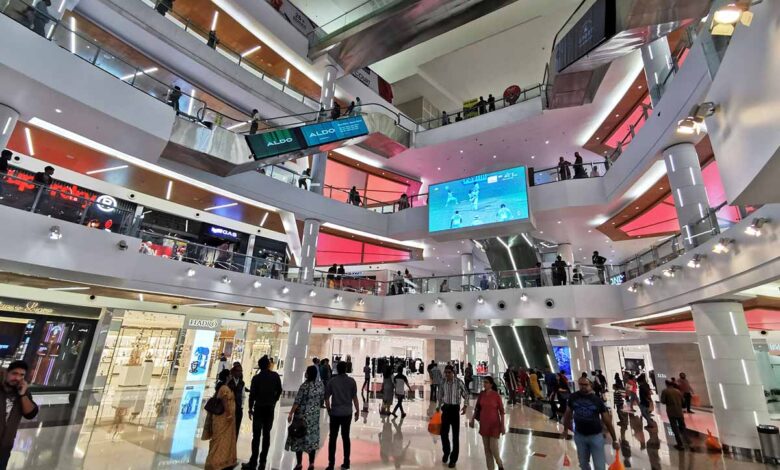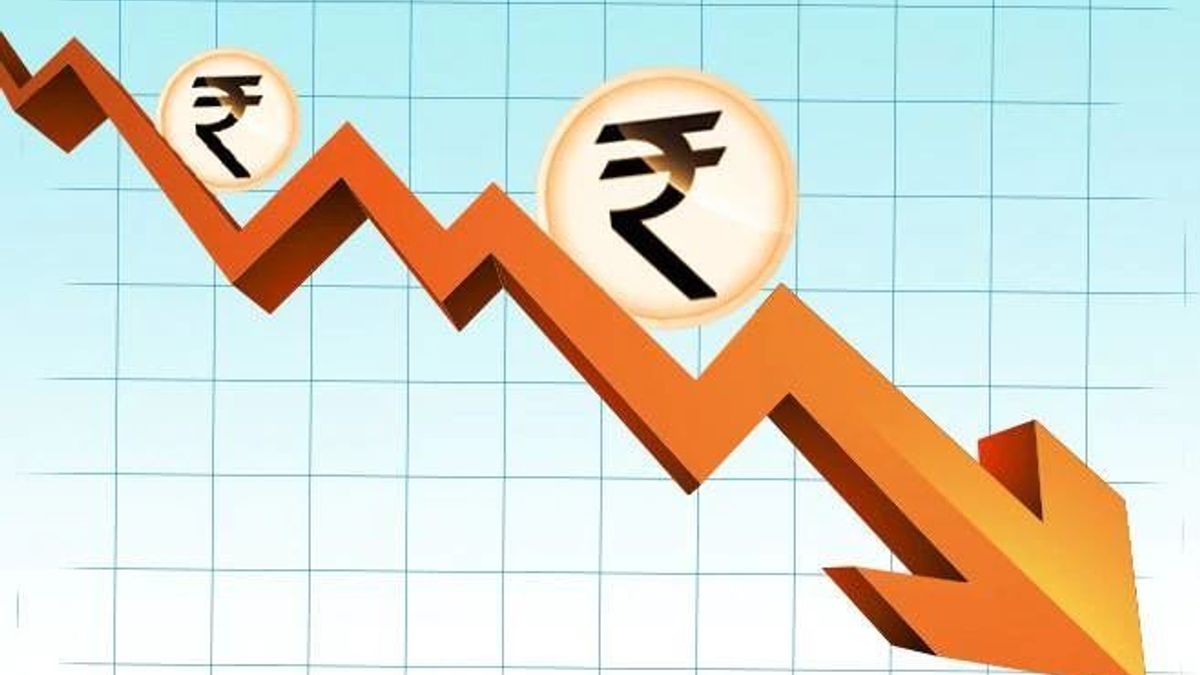From clothes to PCs, falling Indian production points to weak demand

From clothes to PCs, falling Indian production points to weak demand
The contraction in the output of consumer durable goods in India in July, despite the overall industrial growth, can be attributed to several factors. One of the primary reasons is the weakness in the production of apparel, which contracted by a substantial 22.5 percent on a year-on-year basis. This decline indicates a reduced demand for clothing, possibly due to factors such as economic uncertainties, decreased consumer spending, or changes in consumer preferences.
Additionally, the production of computers and electronic and optical products also shrank significantly by 16.8 percent in July. This decline in the electronics sector can be attributed to various factors like supply chain disruptions, semiconductor shortages, or shifts in consumer demand towards other types of electronic devices.
Furthermore, furniture production witnessed an 11.1 percent fall in output during the same period. This decline may be linked to reduced demand for non-essential goods like furniture, possibly due to economic challenges, reduced purchasing power, or changes in consumer priorities.
When these three segments—apparel, computers/electronics, and furniture—are considered together, their contractions outweighed the 8.9 percent growth in vehicle production. This suggests that consumer preferences and spending patterns are impacting the production of consumer durables.
Overall, the persistent contraction in consumer durables output in India is concerning, reflecting weaknesses and imbalances in consumption demand. This trend has been ongoing for some time, with July marking the 10th instance of contraction in the past 12 months and 29 instances of year-on-year production decline in the past 46 months.

The demand for premium consumer durables seems to have provided a silver lining amid the overall contraction in the production of consumer durables in India. According to Kamal Nandi, the executive vice president at Godrej Appliances, the premium segment has experienced robust growth, exceeding 30 percent. This indicates that consumers with greater purchasing power are still willing to invest in high-end or premium products.
However, the mass segments of consumer durables continue to face sluggish demand, as mentioned by Nandi. This divergence in demand patterns suggests that while some consumers are willing to spend on premium products, others are more cautious with their spending on non-essential items.
Official surveys, such as the Reserve Bank of India‘s Consumer Confidence Survey, support these observations. The survey reveals that household perceptions about non-essential spending have been pessimistic, with a ‘net response’ of -10 percent. A ‘net response’ below zero indicates pessimism among consumers regarding non-essential expenditures.
This prolonged pessimism about non-essential spending can be linked to several factors. Firstly, headline retail inflation in India has consistently exceeded the Reserve Bank of India’s medium-term target of 4 percent since October 2019. Particularly, food inflation witnessed a significant spike during this period, leaving consumers with a smaller budget for discretionary items. High global inflation rates also play a role in limiting consumer spending, as it affects the cost of production and imports.
As a result, consumers tend to prioritize essential items, like food, over discretionary or non-essential goods when facing rising prices. Additionally, subdued international demand for consumer durables could be another factor impacting Indian production, especially if manufacturers rely on exports.
In summary, the demand for premium consumer durables has been a bright spot, but overall consumer sentiment remains cautious due to factors like high inflation, particularly in food prices, and global economic conditions. These factors are likely influencing consumer spending patterns and impacting the production of consumer durables in India.
The anticipation of increased consumer spending during the festival season is a common trend in India, and economists from Motilal Oswal Financial Services are optimistic that industrial growth could rise to 8-10 percent over the next three months. They attribute this growth to a favorable base effect and the onset of the festive season, which typically encourages people to make discretionary purchases.
While there is optimism about spending among the upper echelons of Indian society during the festival season, concerns remain regarding the lower-income segment, particularly in rural areas. Rural indicators are showing signs of moderation, including a slowdown in two-wheeler sales, softer diesel consumption growth, and a deceleration in tractor sales. These indicators can be influenced by factors like agricultural performance and rural employment, which in turn affect the economic well-being of rural communities.
The uneven monsoon performance has exacerbated the challenges faced by rural India, leading to a rise in demand for jobs under the Mahatma Gandhi National Rural Employment Guarantee Act (MGNREGA), a rural employment guarantee scheme. This suggests that rural households may be grappling with economic difficulties.
High food inflation, with food being the largest contributor to inflation in August, has placed a heavier burden on the poorest segments of both urban and rural areas, as noted by CRISIL economists. Food inflation can significantly impact lower-income individuals and households, as they allocate a larger share of their income to food expenses.
However, it’s worth noting that the government’s perspective on the rural economy differs from some of the assessments made by economists. Chief economic adviser V Anantha Nageswaran has mentioned anecdotal information from high-value fast-moving consumer goods (FMCG) companies, indicating that growth is not limited to large metro cities but is also occurring in smaller towns and villages. This suggests that there may be a broader and more positive picture of rural demand for FMCG items.
In conclusion, while there are concerns about the economic challenges faced by lower-income segments, especially in rural India, there are also indications of widespread growth in rural demand for certain consumer goods. The festival season may provide an opportunity for a boost in consumer spending, but the economic situation in rural areas remains a subject of ongoing debate and analysis.




